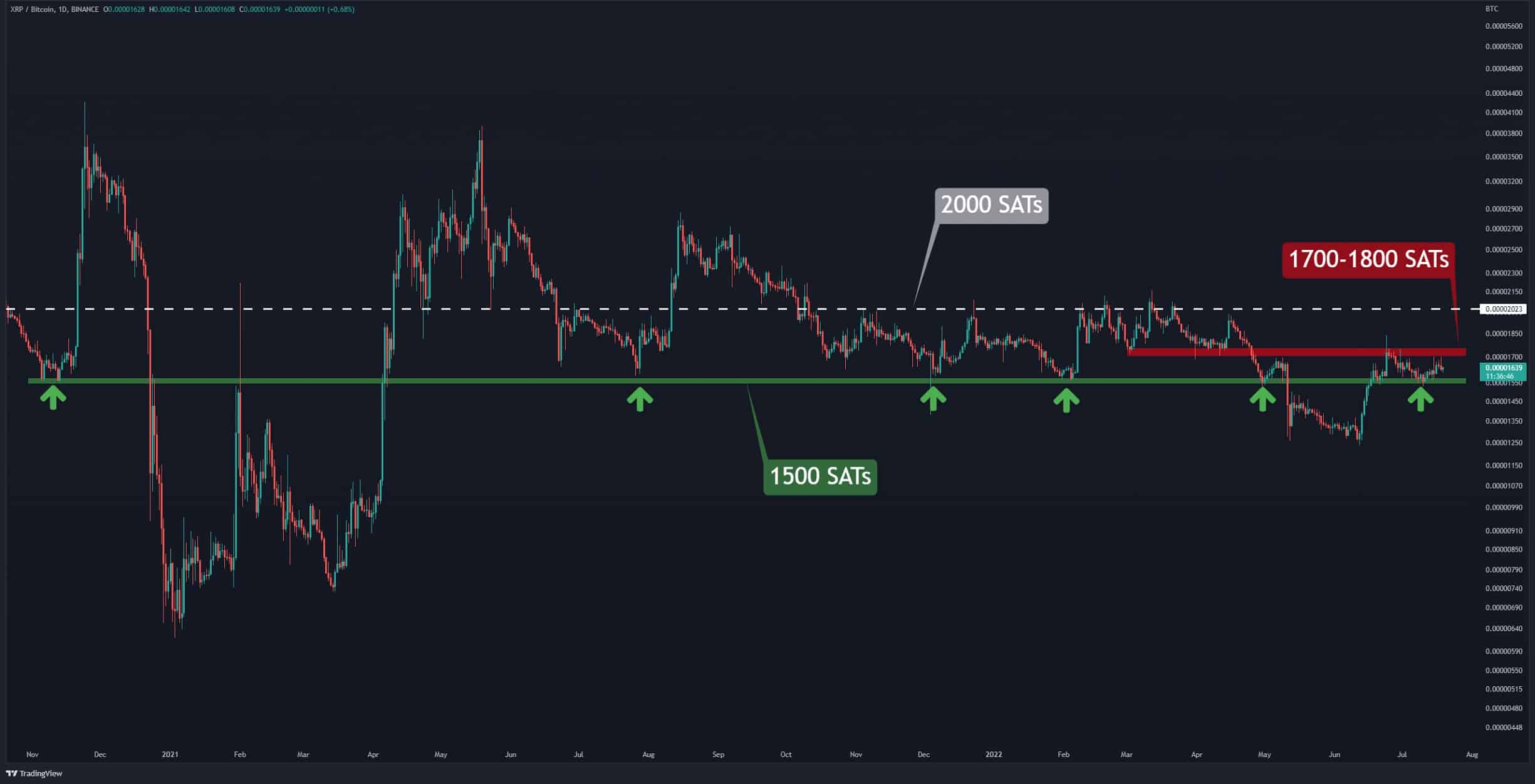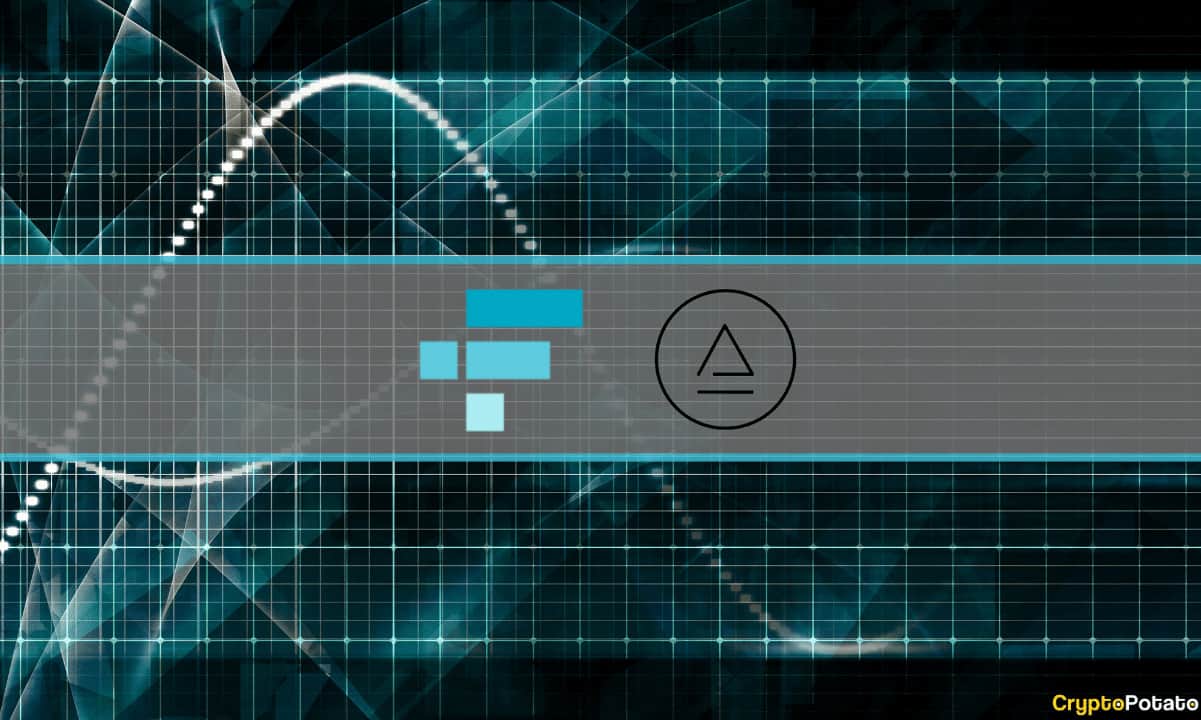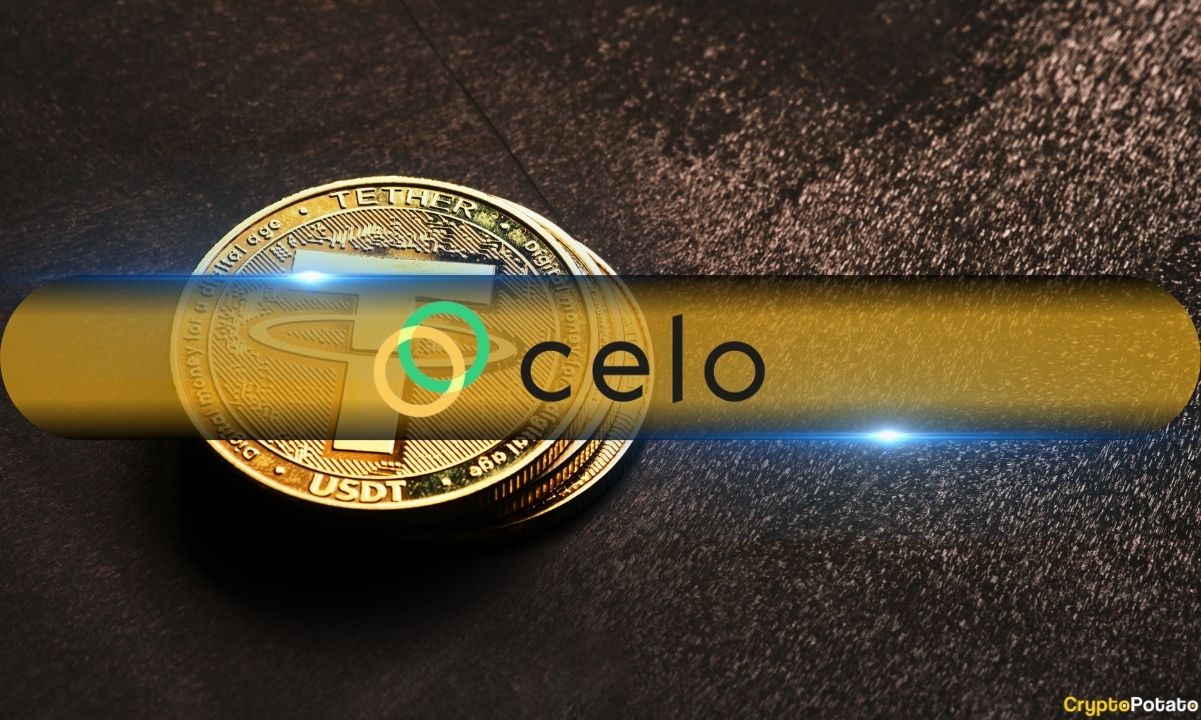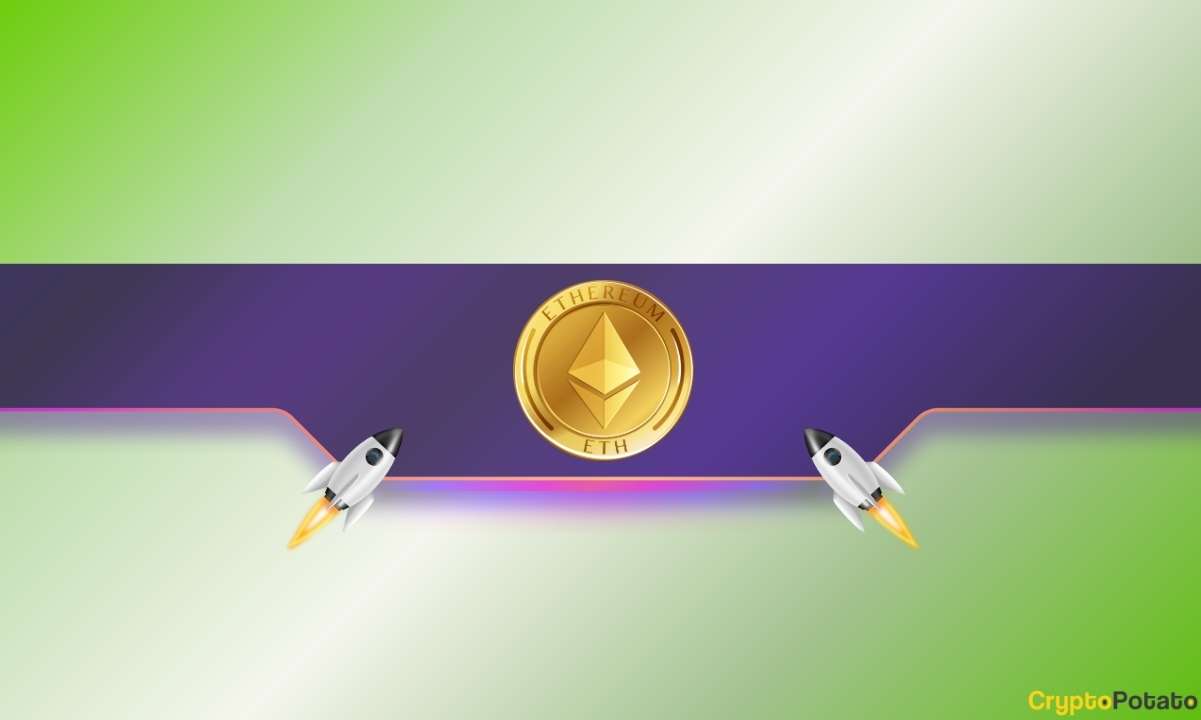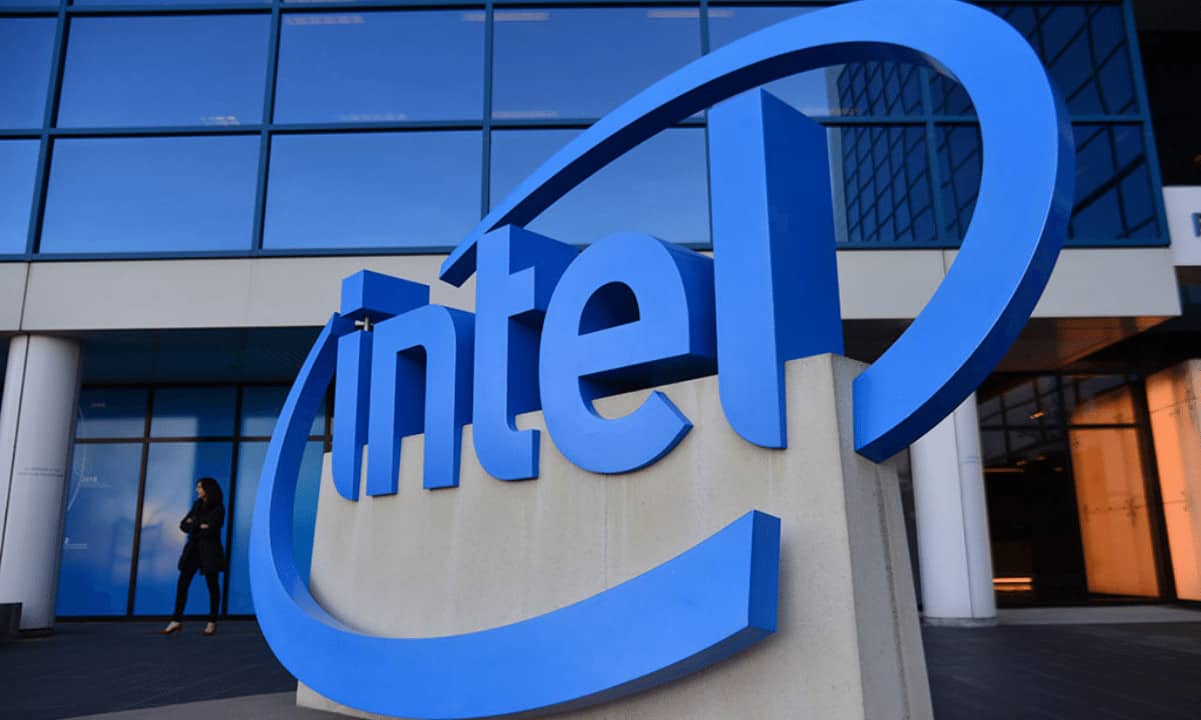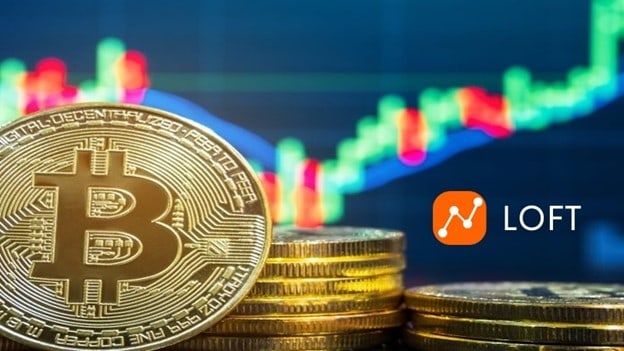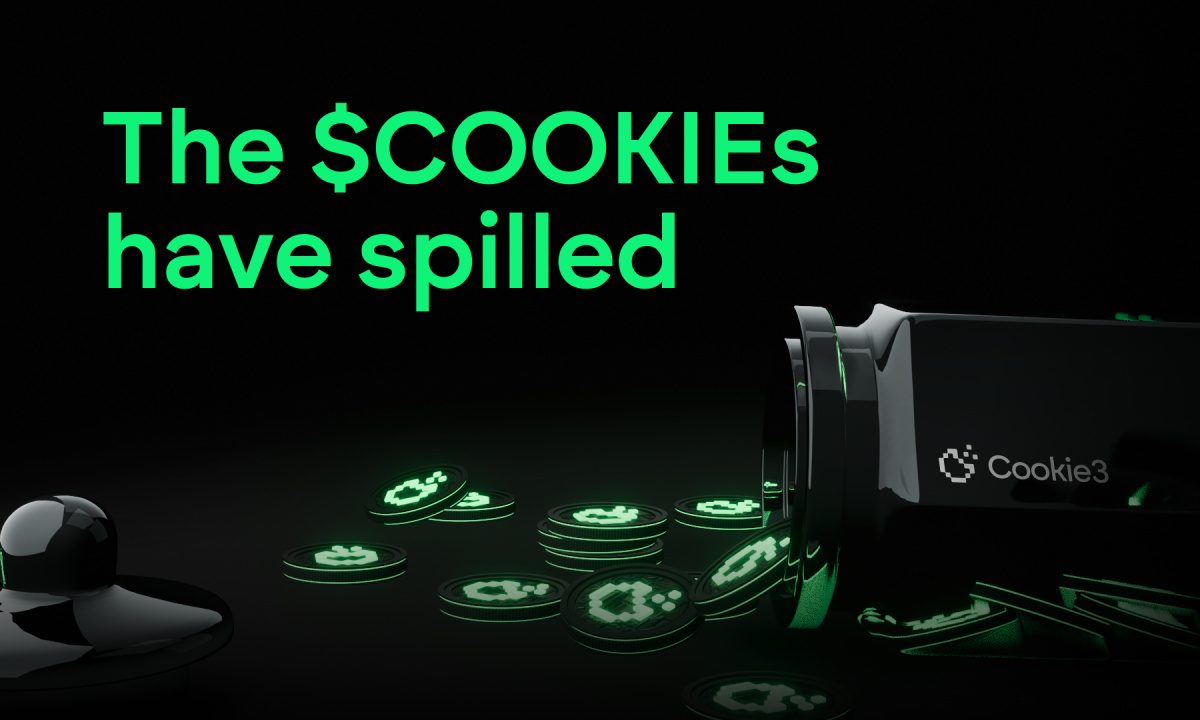Nearly 60% of NFT Trading Volumes in 2022 Was Wash Trading: Report
A recent report published by blockchain analytics firm Dune revealed that nearly 60% of non-fungible token (NFT) trading volumes this year were wash trades.
Wash trading is a form of market manipulation in which a trader buys and sells a security to create the appearance of increased trading volume and activity in the market. In crypto, these activities involve buying and selling digital assets – fungible or non-fungible tokens – on trading platforms, intending to inflate transaction volumes. The end goal is to mislead other traders about the demand level for the asset.
One example of wash trading in the context of non-fungible tokens (NFTs) might involve a trader who owns a particular NFT and wants to create the impression that it is in high demand. The trader could set up multiple accounts on an NFT marketplace and use them to buy and sell the NFT back and forth, creating the appearance of high trading volume and driving up the price of that asset.
Most NFT Platforms Engage in Wash Trading
According to Dune, wash trades started gaining traction in the crypto industry in 2019 but became pertinent to the NFT space in 2022.
The analytics firm noted that NFT wash trading is boosted by enticing traders with token rewards due to the high competitiveness of the space and the frequent launch of new platforms.
The most common wash trading methods involve investors trading their NFTs between two or more wallets, which they control, for the highest amount of Ether (ETH) possible. They aim to accumulate token rewards more valuable than the gas fees spent.
In February, blockchain analytics firm Chainalysis reported that about 110 wash trading addresses had generated $8.9 million in profit. Notably, a significant number of such wallets lost money to transaction fees. However, the profitable addresses exceeded the losses of the unprofitable ones.
$30B of NFT Trading Volume on Ethereum is Wash Trades
Notably, the wash trade ratio varies among NFT marketplaces, but some platforms depend more on the activity. According to the report, platforms such as LooksRare and X2Y2 depend on wash trading with 98% and 87% of their respective volumes, depending on the activity. However, only 25% and 22% of their total trades are washes.
Furthermore, Element and Sudoswap are major wash trading platforms, with their respective volumes accounting for 66% and 11% of the activity. On the other hand, only 18.5% and 14.5% of their total trades are washes.
Dune also revealed that approximately 45% of all NFT trading volume on Ethereum are wash trades, accounting for $30 billion of the volume. OpenSea has just 2.4% of wash trading volume and less than 1% of trades.
Meanwhile, in June, Vijay Pravin, CEO and founder of NFT analytics provider bitsCrunch, revealed that over 33% of NFT trading volume was fake.
The post Nearly 60% of NFT Trading Volumes in 2022 Was Wash Trading: Report appeared first on CryptoPotato.

